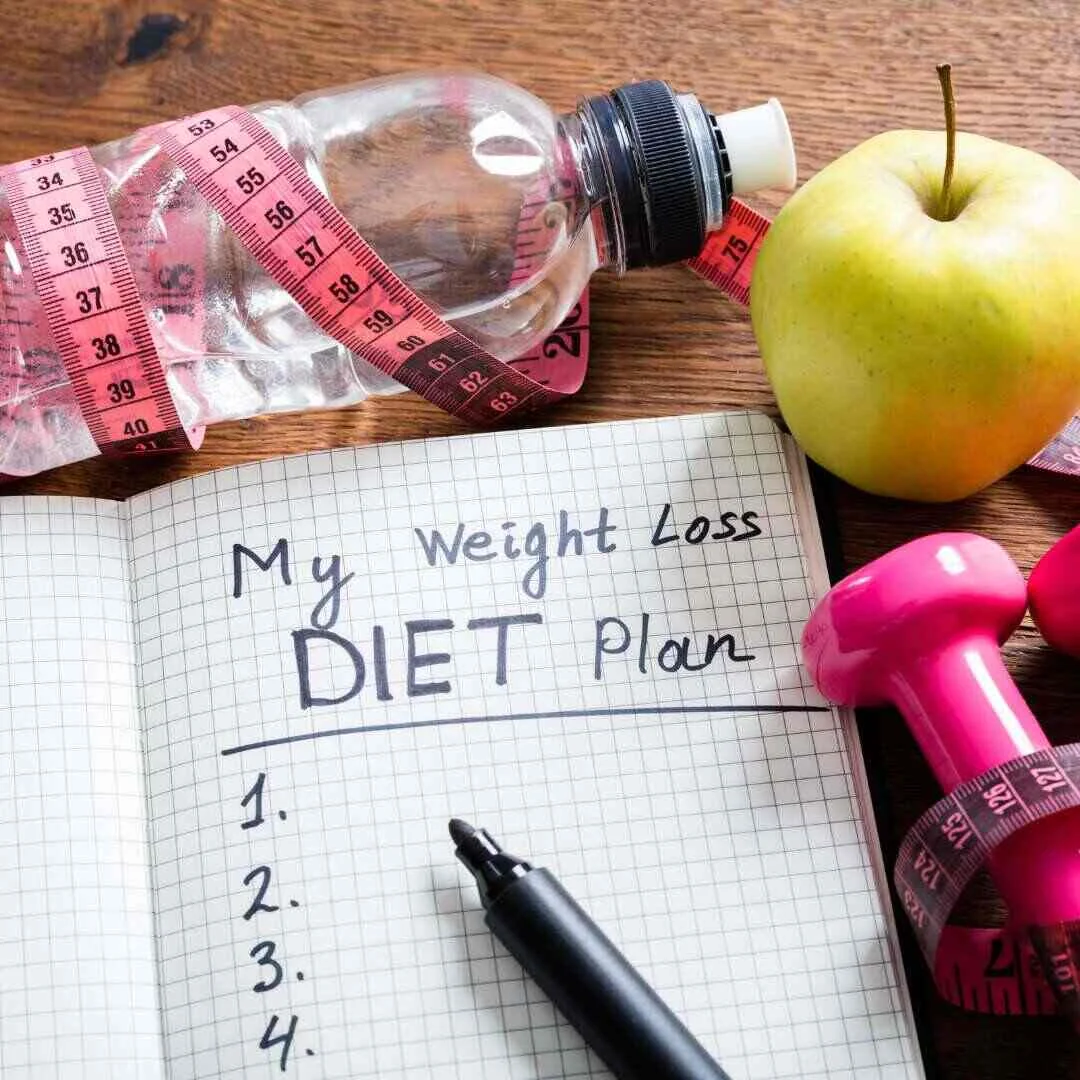Introduction
Weight loss is a common goal for many people, whether it’s to improve health, boost self-esteem, or simply feel better in everyday life.
However, determining how much weight loss is safe and realistic can be challenging. In this article, we’ll explore the factors that affect weight loss, discuss safe and realistic weight loss goals, and offer tips for achieving those goals safely and effectively.
Understanding Weight Loss
Factors Affecting Weight Loss
Several factors influence weight loss, including age, gender, genetics, metabolism, activity level, diet, and more. These factors can vary greatly between individuals, which is why weight loss is not a one-size-fits-all approach.
Different Types of Weight Loss
Not all weight loss is created equal. Losing fat mass is the ultimate goal, but individuals may also experience muscle loss, water loss, or a combination of these factors.
Safe and Realistic Weight Loss Goals
Importance of Setting Realistic Goals
Prioritizing realistic goals helps you embrace healthier habits and self-care on your journey to a better self. Unrealistic goals can lead to frustration, disappointment, and the potential for unhealthy weight loss practices.
Recommended Rate of Weight Loss
Generally, losing 1-2 pounds (0.5-1 kg) per week is considered safe and realistic. Join Thera wellness weight loss program and create a weight loss plan that includes cutting 500-1000 calories daily for effective results. However, this rate may vary depending on individual factors and starting weight.
Individual Factors Affecting Weight Loss Goals
Your personal weight loss goals should take into account factors such as age, gender, current weight, activity level, and overall health. Consulting with a healthcare professional or registered dietitian can help you set safe and realistic goals based on your unique circumstances.
Effective Strategies for Safe Weight Loss

Nutrition
Eating a balanced diet rich in whole foods, including fruits, vegetables, lean proteins, and whole grains, is essential for safe weight loss. Monitoring portion sizes and tracking calorie intake can also help you stay within your calorie deficit.
Exercise
Incorporating regular physical activity into your routine can support weight loss and improve overall health. Get active with 150 minutes of moderate exercise or 75 minutes of intense workouts weekly, plus some strength training, while enjoying healthy foods to boost your weight loss journey and achieve lasting success!
Sleep and Stress Management
Getting adequate sleep and managing stress are crucial components of a healthy weight loss plan. Poor sleep and high-stress levels can negatively impact weight loss efforts by increasing hunger and cravings.
Behavior Change and Mindset
Adopting a positive mindset and making lasting behavior changes are key to achieving and maintaining weight loss goals. Consider working with a therapist or support group to help address any emotional barriers that may be preventing you from reaching your goals.
Potential Risks of Rapid Weight Loss
Losing weight too quickly can have negative consequences on your health, such as nutrient deficiencies, loss of lean muscle mass, and an increased risk of gallstones. Rapid weight loss can also lead to feelings of fatigue, irritability, and a higher likelihood of regaining the lost weight in the long term.
Monitoring Your Progress and Adjusting Goals
Regularly tracking your progress and adjusting your goals as needed can help you stay on track and maintain motivation. Keep in mind that weight loss is not always linear, and it’s normal for your progress to fluctuate. Celebrate non-scale victories as well, such as improved energy levels, better-fitting clothes, and increased physical activity.
Conclusion
In summary, a safe and realistic weight loss goal is typically 1-2 pounds per week, depending on individual factors. By focusing on a balanced diet, regular exercise, sleep, stress management, and behavior change, you can work towards achieving your weight loss goals in a healthy and sustainable manner.

FAQs
1. How can I speed up my weight loss without compromising safety?
While rapid weight loss is not recommended, you can optimize your weight loss efforts by ensuring that your diet is nutrient-dense, engaging in regular physical activity, getting enough sleep, and managing stress. The THERA WELLNESS™ Weight Loss program is designed to assist you in creating habits focusing on your safety first.
2. Is it normal for my weight loss progress to stall or plateau?
Yes, weight loss plateaus are common and can be attributed to factors such as changes in metabolism, muscle gain, or fluctuations in water weight. If you encounter a plateau, reassess your goals and consider adjusting your diet or exercise routine accordingly.
3. Can I target specific areas of my body for weight loss?
Unfortunately, spot reduction is a myth. While you can focus on toning specific muscle groups, overall weight loss is achieved through a combination of diet, exercise, and other lifestyle factors.
4. How long should I expect to see results from my weight loss efforts?
Weight loss results can vary greatly between individuals. However, with consistent efforts, you can expect to see progress within a few weeks to a month. Remember that gradual, sustainable weight loss is healthier and more likely to be maintained long-term.
5. How can I maintain my weight loss once I’ve reached my goal?
To maintain your weight loss, continue practicing the healthy habits that helped you achieve your goal. Monitor your weight regularly and make adjustments to your diet and exercise routine as needed to maintain your desired weight.




